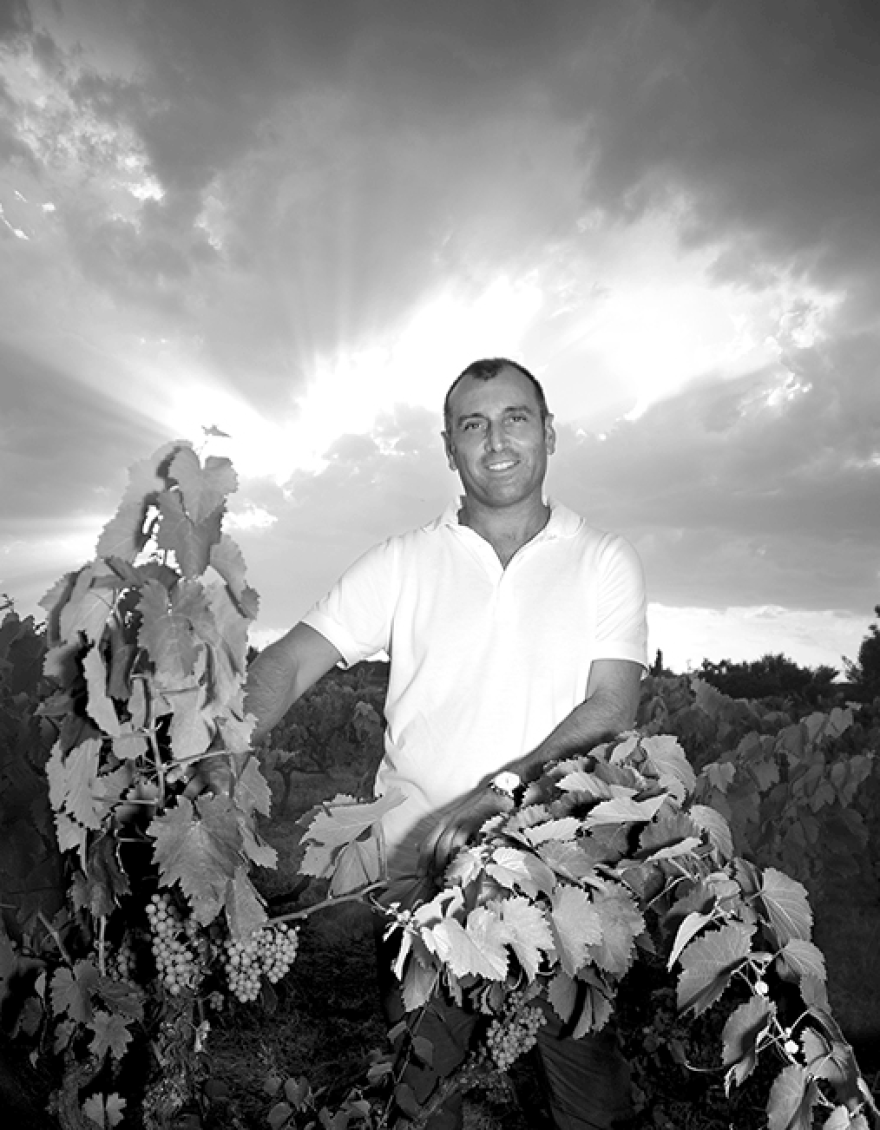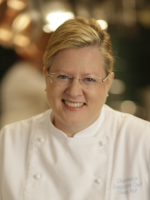Foreman and Wolf are live with your questions and emails. Producers Segment LaviniaCassano of the export department from Cantine Menhir Salento.
On this live segment of Foreman and Wolf on Food and Wine, Tony and Chef Cindy answer some of your listener questions, discuss Italian wine, and have an in-studio visit with LaviniaCassano of the export department of CantineMenhirSalento.
This is a winery situated in the heart of the historical center of Minervino de Lecce in Puglia, Southeast Italy, otherwise known as the “heel of the boot.”
Segment 1: Tony discusses varieties of regional wine grapes. Many grapes that are popular in the US (specifically California) came from Italy around 100 years ago, planted by Italian immigrants in Sonoma County in California. Many of the popular grapes known to us in the US are cabernet sauvignon, chardonnay, merlot, pinot noir, sauvignon blanc, which are French grapes that traveled up the Italian peninsula into France.
When it comes to Italian grapes, 3 things come to mind for Tony: Diversity, flexibility, and how useful they are on the table. They adapt to the taste of the regions as well as all of the different styles of cooking of the different regions. What grapes are important? In the states, the Italian wines we know are famous from center/north of Italy. These include Barolo, Barbaresco and Brunello, which are very different wines from different zones of Italy. Barolo and Barbaresco come from the nebbiolo grape – which is important for complexity and ageablilty in Italy. And from the center of Italy is BrunellodiMontalcino, which comes from the powerful sangiovese grape.
In the studio with Tony and Chef Cindy we have LaviniaCassano of the export department at CantineMenhirSalento, who brought some bottles of wine from this winery into the studio. The first wine Lavinia shared is a primitivoIGT of Salento called “Quota 31,” named so because the plants are only 31 meters above sea level. Puglia is a flat region by the sea with relatively no mountains, and a lot of humidity brought by the wind coming from south. Lavinia explains that a typical dish to pair this wine with is local, grilled meat because this primitivo has been oaked in oak barrels for a period of time. The typical time to harvest the first grape in Puglia is at the end of September through the beginning of October.
Segment 2: The second wine Lavinia shared is “Alba Negra,” which means the “black dawn.” The reason for this name is because the day the farmers started to harvest, usually at dawn, they waited and waited and there was no sunrise. This wine is made with a blend of primitivo, malvasia and aleatico grapes. The nose of this wine includes eucalyptus, thyme, and oregano. A dish that Lavinia would pair this wine with is suckling pig with prunes and chocolate cake.
Segment 3: The third wine Lavinia shared is “Fine.” The word “fine” in Italian means “the end.” It is named this way because CantineMenhirSalento were trying to close the circle of the wines they had produced and this was a late harvest of negroamaro grapes, and after producing 16 different wines, they now have a totally different negroamaro.
This late harvest took place in the first ten days of October and has intensity due to two fermentations. The first took place in steel for 20 days, and the second took place in oak barrels for 60 days, giving power to the wine. This wine can be stored and aged for 8-10 years in good condition. The nose of this wine includes a lot of mature red fruits, strawberry and dried herbs. A traditional Pugliese dish with to pair this wine with is this eggplant parmigiana.
A few words on why you should visit CantineMenhirSalento from Lavinia: Through the radio its not easy to describe the smell of this wine or to show the intensity of the color. So if they want to see and smell different tastes, they should come. And also, why not go to the beach. The best time to go to visit Puglia is in the spring.
To end this program, Tony and Chef Cindy answer some of your listener questions.





